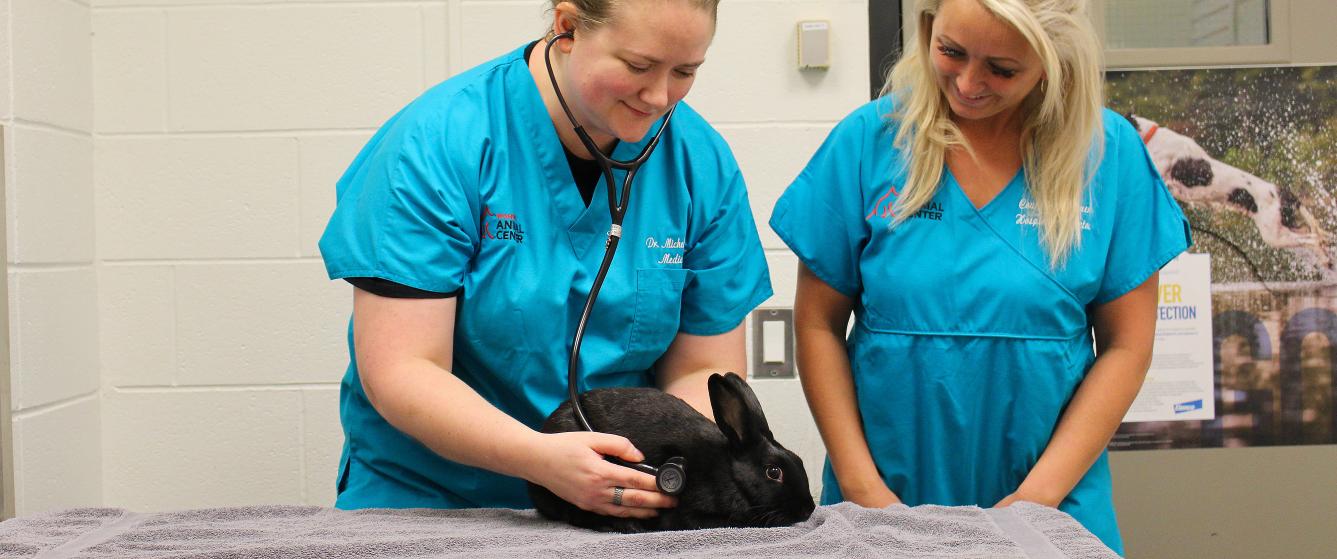Spay, Neuter & Microchip
Spaying and neutering is perhaps the single most important thing that Women’s Animal Center, our fellow animal welfare organizations, and pet owners around the country are doing to systematically decrease the estimated 6.5 million unwanted cats and dogs that enter U.S. shelters each and every year. Statistics show that this increasingly accepted practice of spaying and neutering all pets is working to not only reduce intake at animal shelters across America, but subsequently decreasing euthanasia by preventing the proliferation of unwanted animals.
Microchipping one’s pet is another vital way reducing shelter intake, and preventing unnecessary euthanasia. Of the 10 million pets who become lost in the U.S. every year, only 22% of dogs without a chip brought to animal shelters ever make it back home. For unchipped cats, that number falls to a sobering 2%. Don’t let your pet become one of the statistics.
Microchipping provides your pet with a permanent means of identification, unlike collars and tags that can be lost or removed. Each microchip contains a unique identification number that is accessed when a scanner is passed over the chip. When an animal shelter or veterinary hospital scans a lost pet, they note the identification number and enter it into a database to retrieve the owner’s contact information. The microchip is the size of grain of rice and is implanted just under your pet’s skin with a hypodermic needle. It is no more painful than any other injection, and nothing compared to the stress and heartache that can occur when an unidentified pet goes missing.
All shelter animals at Women’s Animal Center are spayed, neutered and microchipped before they become available for adoption. We provide these same services at a low-cost for the owned pets in our community as part of our lifesaving mission.
Spay and neuter surgery fees at Women’s Animal Center vary depending upon the weight, gender and species of your pet.

